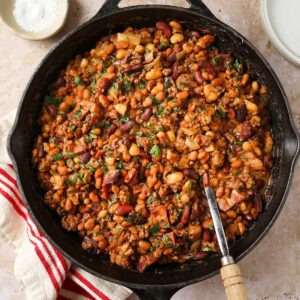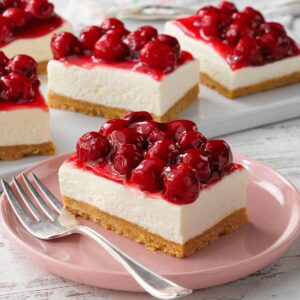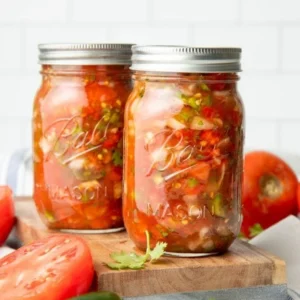Hummingbird nectar is a simple yet essential homemade recipe that attracts these small, colorful creatures to your garden. Known for their agility and vibrant colors, hummingbirds are a delight to watch, and making your own nectar ensures they get the nutrition they need. The sweetness of this nectar mimics the natural sugars they would get from flowers. Whether you’re a beginner or a seasoned bird watcher, creating your own hummingbird nectar is a fun and rewarding way to invite these beautiful creatures into your backyard.
Ingredients
To make your own hummingbird nectar, you’ll need:
- 1 cup of white granulated sugar
- 4 cups of water
Substitutions:
- Sugar alternatives: You should only use white granulated sugar as it’s best for hummingbirds. Avoid honey, artificial sweeteners, or red food coloring.
- Water: Use clean, fresh tap water or filtered water for the best results.
Step-by-Step Cooking Instructions



-
Boil the Water:
Begin by boiling 4 cups of water. This ensures any bacteria or impurities in the water are removed. Boiling also helps the sugar dissolve more easily. -
Dissolve the Sugar:
Once the water has boiled, remove it from the heat. Add 1 cup of sugar to the water and stir until fully dissolved. -
Cool the Nectar:
Allow the nectar to cool to room temperature. It’s crucial that the nectar isn’t too hot when you fill your feeder, as it can harm the birds. -
Fill the Feeder:
Once cooled, pour the nectar into a clean hummingbird feeder. Be sure to follow the manufacturer’s instructions for filling.
Tips:
- Only make as much nectar as you can use within a week, as it can spoil.
- Clean your hummingbird feeder thoroughly once every few days, especially during warmer months, to avoid mold and bacteria growth.
Pro Tips and Cooking Techniques
- Freshness is Key: Hummingbirds prefer fresh nectar, so try to make smaller batches that you can use within a week. Store any leftover nectar in the fridge.
- Avoid Red Dye: Some recipes call for red dye to make the nectar more appealing to birds, but it can be harmful. The red color of your feeder is enough to attract hummingbirds.
- Feeder Placement: Place the feeder in a shaded area to prevent the nectar from spoiling too quickly under the sun.
Variations and Customizations
- Use Organic Sugar: If you’re looking for a more natural alternative, you can use organic cane sugar. It works similarly to regular white sugar and is free of additives.
- Adjust Sweetness: While the standard ratio of 1:4 sugar to water is ideal, you can adjust the sweetness based on the local nectar availability and the needs of your backyard birds.
- Hummingbird Habitat: Adding plants that naturally attract hummingbirds (like trumpet vine or bee balm) can supplement the nectar and create a natural haven.
Serving Suggestions
- Hummingbird Feeder Placement: Place your feeder near colorful flowers or a sheltered area where the birds can rest and feel safe. Ensure it’s easy for birds to spot.
- Pairing Suggestions: Pair your hummingbird nectar with native plants or flowering vines that attract hummingbirds. This will offer them a natural food source in addition to your homemade nectar.
Nutritional Information
- Calories: Approximately 60 calories per 1/4 cup serving of nectar.
- Carbs: 15 grams (all from sugar).
- Protein: 0 grams.
- Fat: 0 grams.
- Other Nutrients: The nectar primarily provides sugar as an energy source for the birds.
Frequently Asked Questions (FAQs)
-
How often should I change the nectar in the feeder?
Change the nectar every 2 to 3 days, especially in warmer weather, to prevent fermentation and mold. -
Can I use honey instead of sugar?
No, honey can cause harmful fungal infections in hummingbirds. Stick to white granulated sugar for the safest option. -
Should I clean the feeder?
Yes, it’s important to clean your feeder thoroughly with warm, soapy water at least once a week to avoid mold and bacteria buildup. -
How do I know if the nectar has spoiled?
If the nectar appears cloudy or has an unusual smell, it’s time to replace it.
Closing Thoughts
Making hummingbird nectar is not only an enjoyable activity but also an important step in supporting local wildlife. By offering this simple, natural food source, you’re helping these magical creatures thrive. Don’t forget to clean your feeders regularly and enjoy the sight of hummingbirds flitting around your garden! Share your results or ask any questions in the comments—we’d love to hear from you. Happy birdwatching!



